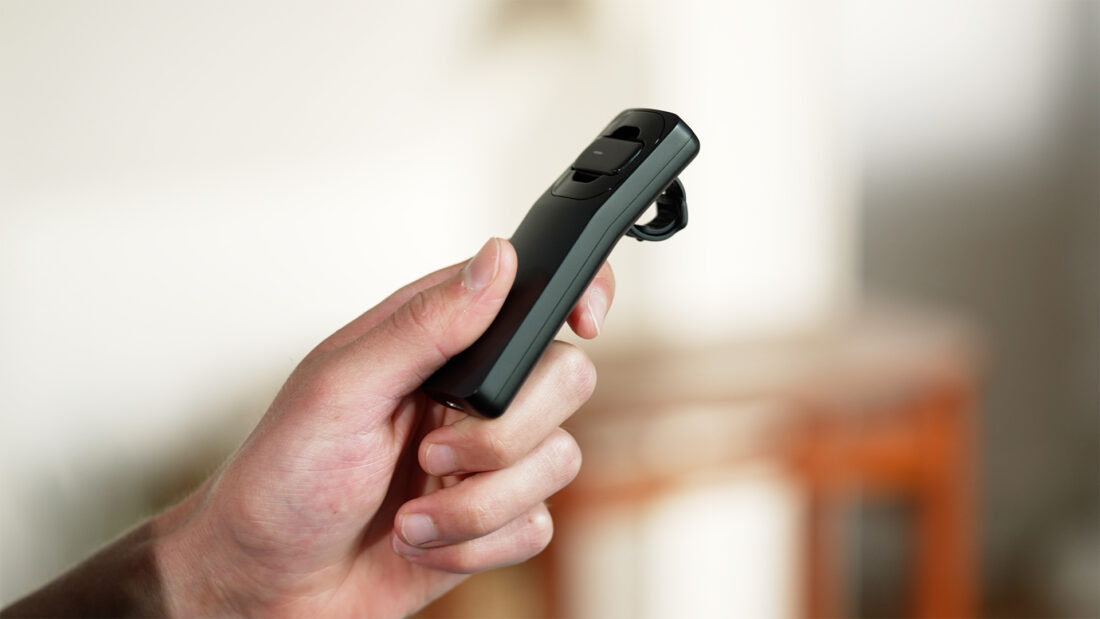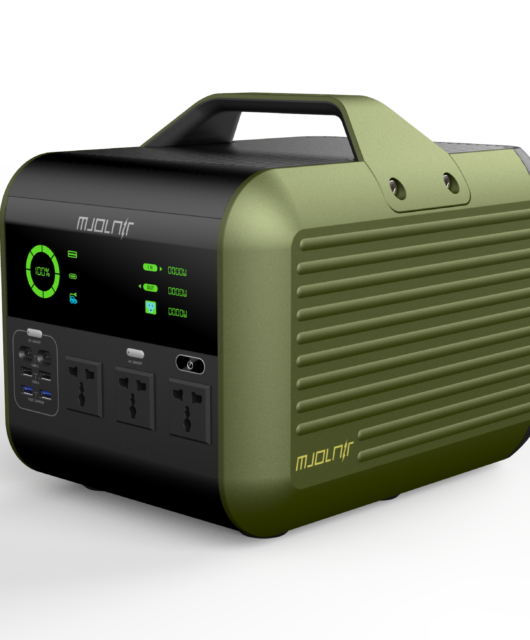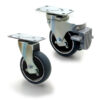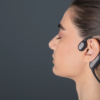VANZY: the Machine Learning Wearable Mouse – Available Now on Kickstarter
 VANZY, the gesture mouse that learns from your gestures, has just launched on Kickstarter.
VANZY, the gesture mouse that learns from your gestures, has just launched on Kickstarter.
But VANZY comes with more than just machine learning. There’s also a 9DOF sensor that reads up to 9 different degrees of motion, plus 3D positioning technology in this wearable ring mouse.
These three technologies come together for a device that can read and learn from your gestures, then transmit your movements to your paired devices for unmatched gesture control.
There’s even an app that lets you customize the controls for VANZY, giving you an extra level of adaptive interfacing.
Once VANZY is sitting on your finger, pair it with your devices. That’s all you need to do to control your devices hands-free when you’re behind the wheel, working out, in a meeting, giving a presentation, etc. VANZY is also water resistant, so you can continue to control your devices when you’re in the kitchen or taking a shower.
VANZY is the successor to COX Space’s 2021 Kickstarter project, SNOWL, whose campaign raised over $250,000.
One of the biggest improvements of VANZY over SNOWL is the new bar cradle.
The bar cradle is not only an improvement from a usability perspective, but it also improves on some of the lag of SNOWL; plus, the bar cradle even lets you use VANZY while it’s charging now.
But that’s not all. The VANZY module’s material has also been upgraded from plastic to fortified glass, and the color has also been changed from white to matt black.
The software and app usability improvements are also worth mentioning. These will make VANZY that much more convenient to use.
Aside from VANZY’s gesture controls, there’s also an air mouse mode, which lets you use VANZY just like you would use a conventional mouse. Just slide your thumb across the top to control the pointer.
When asked about the futuristic technologies of VANZY, COX Space told us “We wanted to develop a futuristic interface that was more convenient and easier to learn. We’ll continue to look into more ways to improve our technology, and hope to expand to new horizons with our users as AR and VR technologies become more accessible.”










